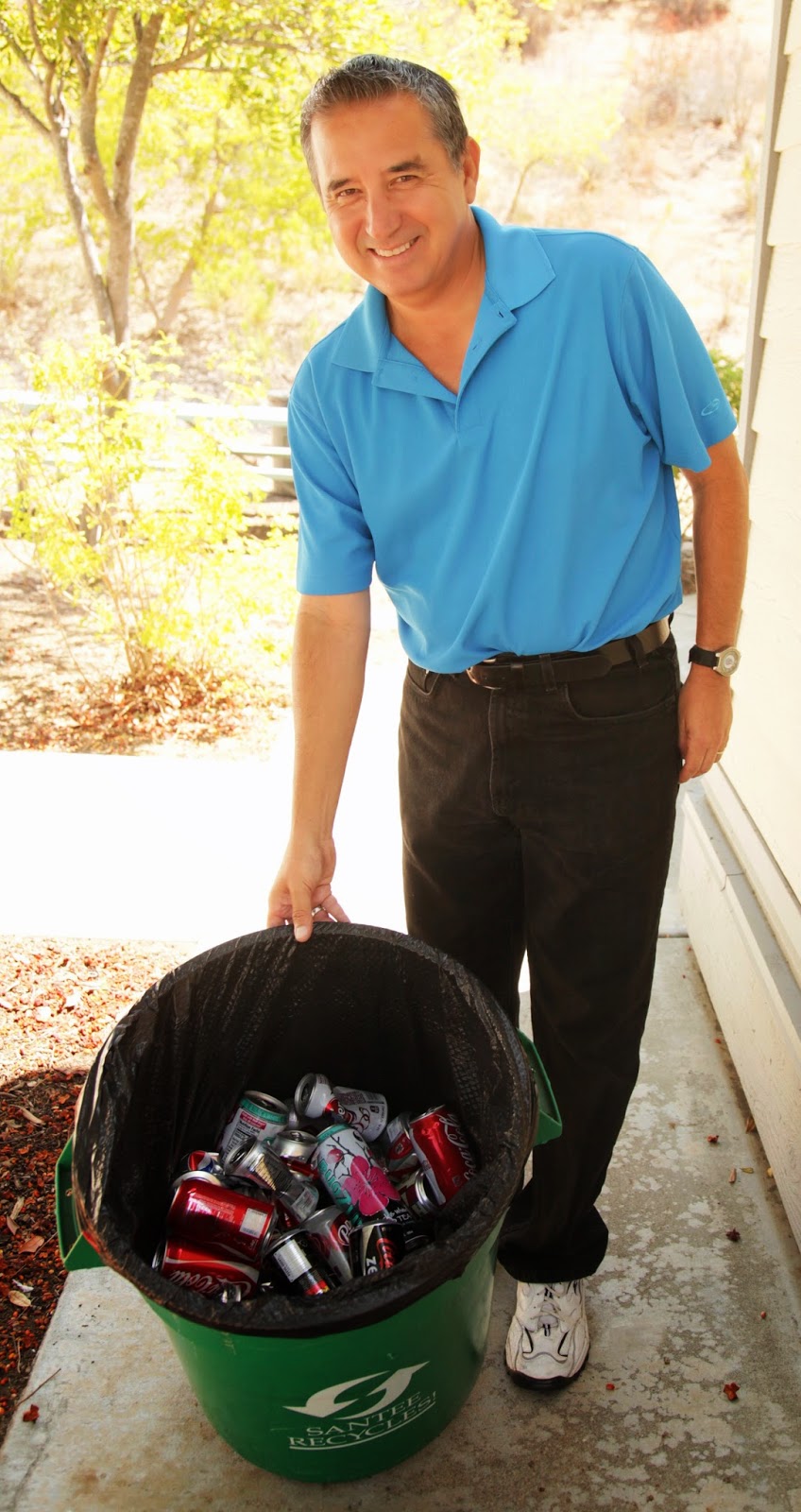 |
| El Nopal's sharp curves in Lakeside |
Critics claim that a traffic hazard has been created on El
Nopal because the city of Santee has not completed a proposed connection of Mast
Boulevard eastward into the unincorporated community of Lakeside.
This argument relies on the assumption that the cause of the
accidents occurring on El Nopal will somehow disappear if and when the city and
county pave the 1,000-foot gap of Mast Boulevard that exists today.
Critics refer to El Nopal as a “detour” route around the
missing link of Mast Boulevard. In fact, El Nopal is a decades-old residential
collector street that will remain in existence regardless of what happens with
Mast Boulevard.
It should be noted that Lakeside’s portion of El Nopal has two
sharp curves, which is where many of the accidents have occurred.
State accident statistics compiled over the last decade
show that a majority of accidents on El Nopal were the result of speeding
motorists.
From 2002 to 2012, there were 46 traffic accidents
(including one fatality) along the county’s stretch of El Nopal between Los
Ranchitos and Riverford roads where the “S” curves are located. Less than 6 percent of those collisions were
serious-injury accidents. The lone fatal accident occurred in 2004 and involved
a motorcycle rider.
During the same 10-year period, there was one fatal accident
and nine other vehicle collisions in Santee’s jurisdiction along El Nopal from
Magnolia Avenue to Los Ranchitos Road.
The lone fatal accident occurred in 2005 and
involved a motorcyclist who was under the influence of alcohol.
Here’s the breakdown of how the 46 accidents occurred over
the past decade along the section of El Nopal containing the two sharp curves:
Traveling at unsafe speed -- 54.3 percent
Driving on wrong side of road – 19.6 percent
Driving under the influence -- 13 percent
Improper turning – 8.7 percent
Right of way violations – 4.3 percent
Completing the gap on Mast Boulevard between Lakeside and
Santee would cost the city of Santee $4.5 million. The county would have to spend
$1.7 million to complete the Lakeside portion.
Even if the city completed the Mast Boulevard connection to
the east, the sharp curves along Lakeside’s portion of El Nopal, which is
governed by the county, would still remain.
The county’s transportation master plan envisions no future improvements
for El Nopal, which is described as “a 2-lane road…sufficient to meet projected
traffic volumes.”
Moreover, connecting Mast Boulevard through to Lakeside would
increase traffic on the Santee side by an estimated 35 percent.
Completing this connection also would funnel
truck traffic serving the industrial parks in Lakeside into Santee’s residential
neighborhoods and past two high schools.
Completing Mast Boulevard would offer a convenient route for
a few, but it will expose many Santee residents to higher traffic volumes and
greater truck traffic.











